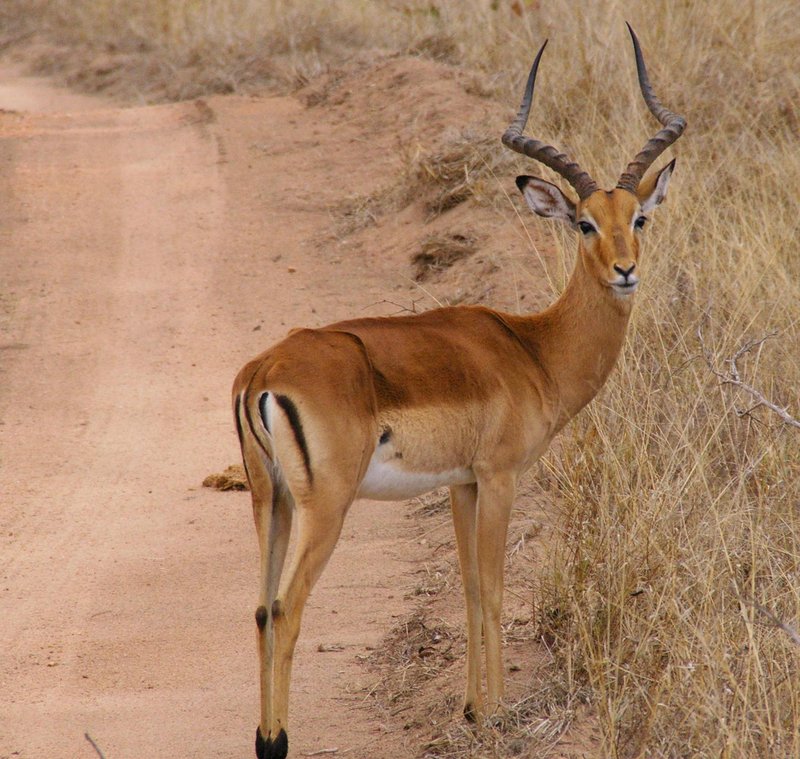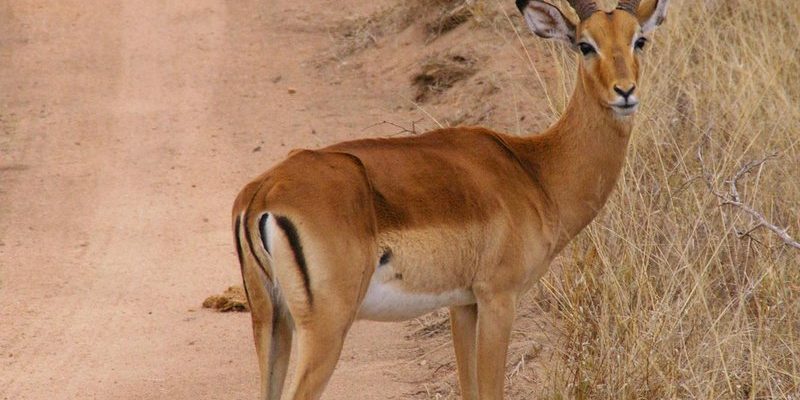
Thinking about the impala’s survival is like pondering a delicate balance in nature. When you take one piece away, it can ripple throughout the ecosystem. So, let’s dive into the world of the impala and see what their conservation status looks like today. We’ll explore their habitat, threats faced, conservation efforts, and what we can do to help these amazing animals thrive.
Understanding the Impala’s Status
The impala is not currently classified as endangered. Instead, it’s listed as “Least Concern” by the International Union for Conservation of Nature (IUCN). This classification means that, while not at immediate risk, their population is facing different threats that could change their status in the future. With a population estimated in the millions, they are relatively stable in some regions, but it’s essential to remain vigilant.
You may be wondering why the impala is considered to have a stable population despite facing pressures. This outcome stems from their adaptability to different environments, whether it’s grasslands or bushy areas. They play a critical ecological role, serving as prey for larger predators like lions, leopards, and cheetahs. However, just because their numbers are currently high doesn’t mean their future is secure.
Habitat: Where Do Impalas Live?
Impalas are native to eastern and southern Africa, commonly found in countries like Kenya, Tanzania, and South Africa. They thrive in savannas, woodlands, and even open grasslands, which provide plenty of food and escape routes from predators. You can think of their habitat as a buffet—a place where they can graze on grasses, leaves, and shoots while keeping an eye out for any lurking dangers.
The impala’s habitat is crucial not just for their survival, but for the entire ecosystem. This region is home to various other species, each playing a role in maintaining a healthy environment. As impalas graze, they help to maintain the balance of plant life, promoting new growth. Still, this habitat faces challenges like urban expansion and agriculture, which can reduce the areas where these animals can live and thrive.
Threats to the Impala Population
Even though the impala is currently classified as “Least Concern,” several threats could impact their future. Here are a few to keep in mind:
- Habitat Loss: As humans expand into natural areas for farming and development, the impala loses essential grazing grounds.
- Predation: While natural predators are part of the ecosystem, their numbers can fluctuate based on environmental factors and human interventions.
- Illegal Hunting: Poaching for bushmeat and trophies poses a direct risk to impala populations, especially in less-protected areas.
Understanding these threats is vital. Every time land is cleared for agriculture or urban development, it disrupts the delicate balance that supports not just the impala but many other species as well. It’s a reminder that human activities have far-reaching consequences on wildlife.
Conservation Efforts for Impalas
There are a variety of conservation efforts in place aimed at protecting impalas and their habitats. National parks and wildlife reserves play a significant role in safeguarding these animals. For instance, places like Kruger National Park in South Africa maintain large populations of impalas by providing protected space where they can roam freely.
Additionally, conservation organizations are working to restore habitats and educate local communities about the importance of wildlife preservation. These efforts often include:
- Community Involvement: Engaging local communities in conservation programs helps ensure that wildlife is valued and protected.
- Anti-Poaching Initiatives: Many organizations are setting up patrols and surveillance in areas known for illegal hunting.
- Research and Monitoring: Scientists track impala populations and their habitats to analyze trends and create effective management strategies.
These initiatives not only help protect the impalas but also contribute to the overall health of the ecosystem where they live. By supporting conservation, we can foster a future where impalas can thrive alongside other wildlife.
How You Can Help Conservation Efforts
Even if you’re not a wildlife expert, there are many ways you can support impala conservation and wildlife preservation in general. Here are a few ideas that can make a difference:
- Support Eco-Tourism: When you visit countries with wildlife, choose eco-friendly tours that contribute to conservation efforts.
- Educate Yourself and Others: Share your knowledge about wildlife conservation with friends and family. Awareness is key!
- Participate in Fundraising Events: Join organizations that focus on wildlife conservation—every bit helps, whether it’s through donations or participation.
By taking action, no matter how small, you contribute to the larger goal of protecting wildlife. Remember, every effort counts, especially when it comes to beautiful creatures like the impala.
The fate of the impala hangs in a delicate balance, much like many species around the world. They may not be endangered right now, but the threats they face are real and pressing. By understanding their status, habitat needs, threats, and conservation efforts, we can all play a part in ensuring these magnificent animals continue to thrive.
In a world where nature is continuously challenged by human expansion and climate change, it’s crucial to stay informed and proactive. So, next time you see an impala, whether in the wild or on a screen, remember the important role they play in our ecosystem and how we can all contribute to their protection. Together, we can help ensure that the graceful leaps of the impala continue to grace our planet for generations to come.

